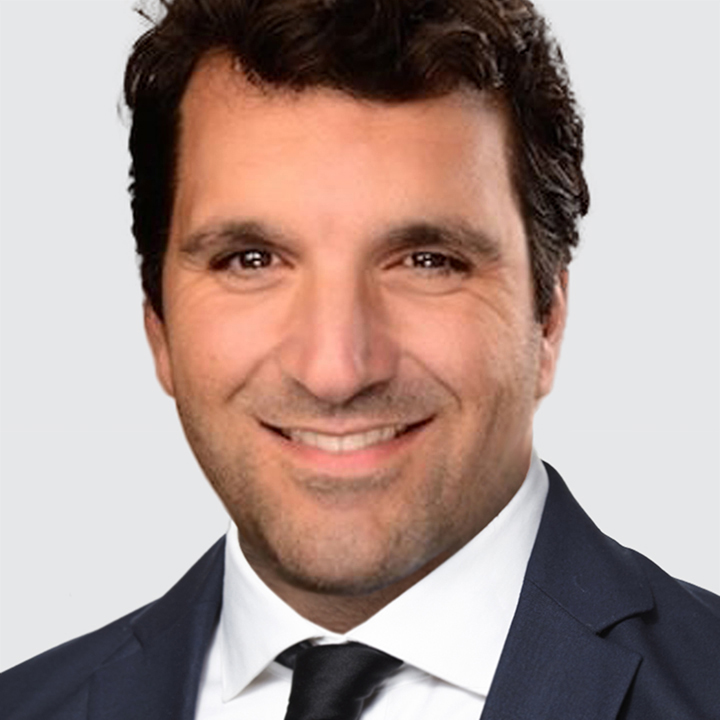Waiting in the Shadows
US
USD dropped across the board overnight to the lowest level since April 2022 on concern over political interference with the Fed’s independence. The Wall Street Journal reported President Donald Trump is considering naming the next Fed Chair by September or October, several months before Jay Powell’s term ends in May 2026.
Naming a “shadow” Fed Chair is USD-negative as it risks undermining the Fed’s credibility. Conflicting signals between the official Chair and a perceived “shadow” figure will increase market confusion, lead to mixed policy expectations, and erode the Fed’s image as a non-partisan institution.
President Trump said “I know within three or four people who all I'm going to pick.” The leading contenders include former Fed Governor Kevin Warsh, National Economic Council head Kevin Hassett, current Fed Governor Christopher Waller, and Treasury Secretary Scott Bessent.
Warsh is perceived as a policy hawk while the other three contenders lean dovish. Hassett said yesterday that the Fed has plenty of room to lower interest rates right now. Waller stressed last week that the Fed can lower rates as early as July. Bessent would be eyed with suspicion by the markets as to where his allegiances lie.
Regardless, the Fed chair is not an autocrat. Monetary policy is set by the FOMC (7 governors and 5 Reserve Bank presidents) which constrains the power of any one individual in setting policy. Each member has one vote, and all decisions are made by majority vote. Moreover, the Fed chair is subject to Senate confirmation.
US May durable goods orders is today’s data highlight (1:30pm London). Capital goods new orders nondefense excluding aircraft - a key forward-looking gauge of business investment - fell 1.5% m/m in April, consistent with weaker corporate spending activity.
Weekly jobless claims will also be of interest (1:30pm London). Continuing claims are for the BLS survey week containing the 12th of the month and are expected at 1950k vs. 1945k the previous week. Elsewhere, initial claims are expected at 243k vs. 245k the previous week but the increase in the 4-week average points to less favorable labor market conditions.
HONG KONG
The Hong Kong Monetary Authority (HKMA) intervened to defend USD/HKD peg. HKMA confirmed it bought HK$9.42 billion and sold US dollars after USD/HKD touched the upper-end of its 7.7500-7.8500 band. The intervention drained excess HKD liquidity and led to a modest 5bps rise in Hong Kong interbank borrowing costs to 0.965%. Despite the recent uptick in Hong Kong interbank rates, the wide gap with comparable US rates (around 4.32%) indicates that HKD liquidity remains abundant and further HKMA interventions is likely.
MEXICO
Banco de Mexico is expected to cut rates 50bps to 8.00% (8:00pm London). At the last meeting May 15, Banco de Mexico cut rates 50bps for the third straight meeting to 8.50% and added that “The Board estimates that looking ahead it could continue calibrating the monetary policy stance and consider adjusting it in similar magnitudes.” The decision was unanimous and so the bank seems determined to continue cutting rates despite upside risks to inflation. The swaps market is pricing in 100bps of total easing over the next 12 months that would see the policy rate bottom near 7.50%.

